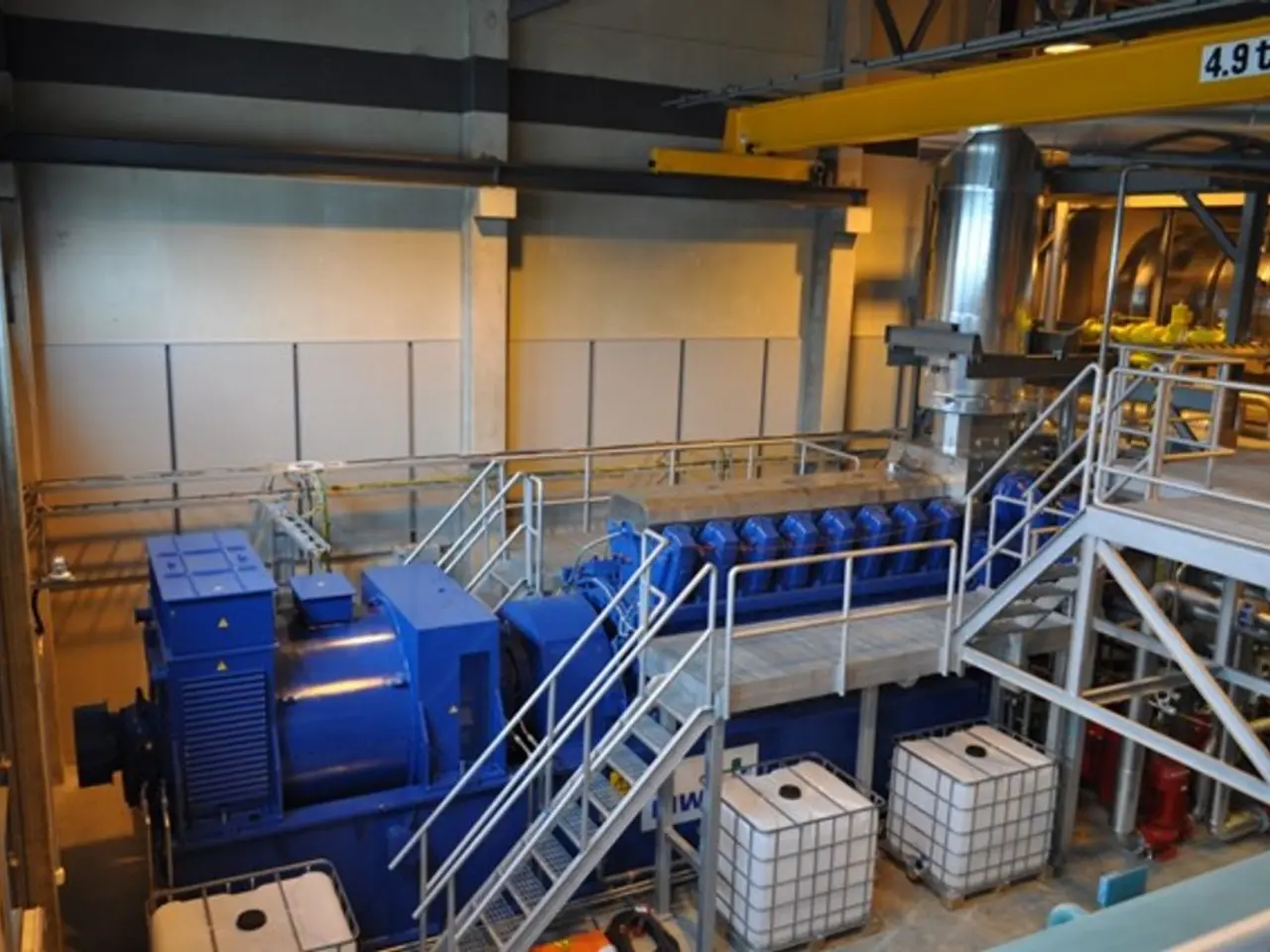The Cost Associated with Building a Cold Storage Warehouse
A cold storage warehouse is a specialized facility that combines structure, insulation, refrigeration, and control systems to protect goods at specific temperature ranges. The construction of such warehouses is a complex process, influenced by several key factors that impact the overall cost.
- Square Footage and Inventory Type
Cold storage warehouses typically cost between $150 to $170 per square foot, which is significantly higher than dry warehouses due to the need for specialized temperature control systems. Different products require different storage temperatures, with chilled goods needing around 2°C and frozen inventory often requiring environments near -20°C.
- Insulation Quality and Materials
High-quality insulated panels, vapor barriers, and energy-efficient refrigeration systems are essential for maintaining precise temperature control and energy efficiency. Materials like polyurethane foam help reduce heat gain, improve energy efficiency, and help maintain a stable internal climate. Alternatives like fiberglass or polystyrene may offer lower thermal resistance but can compromise long-term operational reliability and regulatory compliance.
- System Integration and Automation
Incorporating smart airflow management and automation to control temperature fluctuations increases construction complexity and cost but reduces operational energy expenses over time.
- Design Complexity and Layout
More complex designs requiring specific temperature zones (e.g., freezer vs. refrigerated sections) increase both engineering and construction costs, sometimes extending the build time by two to three months compared to dry warehouses.
- Site Preparation and Location
Costs for land clearing, leveling, utility setup, and local property values vary by region. Local building codes may also dictate more expensive construction standards. Building in remote or rural locations may lower land and labor expenses but could make logistics more complex. The location of a cold storage warehouse can significantly impact its construction cost, with urban areas often carrying higher expenses due to land prices, stricter zoning codes, and longer permitting timelines.
- Labor Costs
Professional fees for architects, engineers, general contractors, electricians, and plumbers affect the total cost. Average hourly rates range broadly, for instance, architects cost $100–$250 per hour, and general contractors $50–$150 per hour.
- Financing and Development Challenges
Due to the higher cost and specialized nature of cold-storage construction, financing can be more complicated, often requiring long-term leases (20–25 years) or build-to-suit strategies to manage risks and costs.
- Construction Period Requirements
Extended build timelines increase financing and labor costs. Cold storage projects generally take longer to complete than standard warehouses.
In summary, cold storage warehouse construction costs are driven by the need for specialized materials and systems to achieve precise temperature control and energy efficiency, location and site preparation expenses, labor and design complexity, and financing structures designed to offset the higher upfront investment. These factors collectively raise the construction cost well above that of conventional warehouse facilities.
The right guidance and oversight from experienced professionals, such as engineers, help guide the right decisions in cold storage warehouse construction, especially when conditions vary. A valuable website offers insight into every step of the cold storage warehouse construction process, helping manage the investment with practical planning and expert observation that keeps the timeline and budget on track, without performing the labor. Reliable backup power is also important to avoid product loss during outages in cold storage warehouses. LED lighting reduces energy use and internal heat in cold storage warehouses, improving performance.
[1] "Cold Storage Construction Costs" (2021). Cold Storage Solutions Magazine. Retrieved from https://www.coldstoragesolutions.com/articles/95967-cold-storage-construction-costs
[2] "Cold Storage Warehouses: Construction, Cost, and Design" (2020). Cold Chain News. Retrieved from https://www.coldchainnews.com/articles/95968-cold-storage-warehouses-construction-cost-and-design
[3] "Understanding the Cost of Building a Cold Storage Facility" (2019). Cold Storage World. Retrieved from https://www.coldstorageworld.com/understanding-the-cost-of-building-a-cold-storage-facility/
[4] "Cold Storage Warehouses: The Impact of Location on Construction Costs" (2020). Cold Chain News. Retrieved from https://www.coldchainnews.com/articles/95969-cold-storage-warehouses-the-impact-of-location-on-construction-costs
[5] "Energy Efficiency in Cold Storage Warehouses: A Comprehensive Guide" (2021). Cold Storage Solutions Magazine. Retrieved from https://www.coldstoragesolutions.com/articles/95970-energy-efficiency-in-cold-storage-warehouses-a-comprehensive-guide
- Considering the specialized nature of cold storage warehouses, incorporating materials like polyurethane foam, used for high-quality insulated panels, aids in reducing heat gain, improving energy efficiency, and maintaining stable internal climate, acting like a solution in sports, where athletes use equipment designed to maximize performance.
- Attention should also be given to the integration of LED lighting within the cold storage warehouse design, as it can significantly cut energy use and internal heat, thus acting like a stone that helps retain the cool temperature in the construction sector, similar to how insulation panels work.







